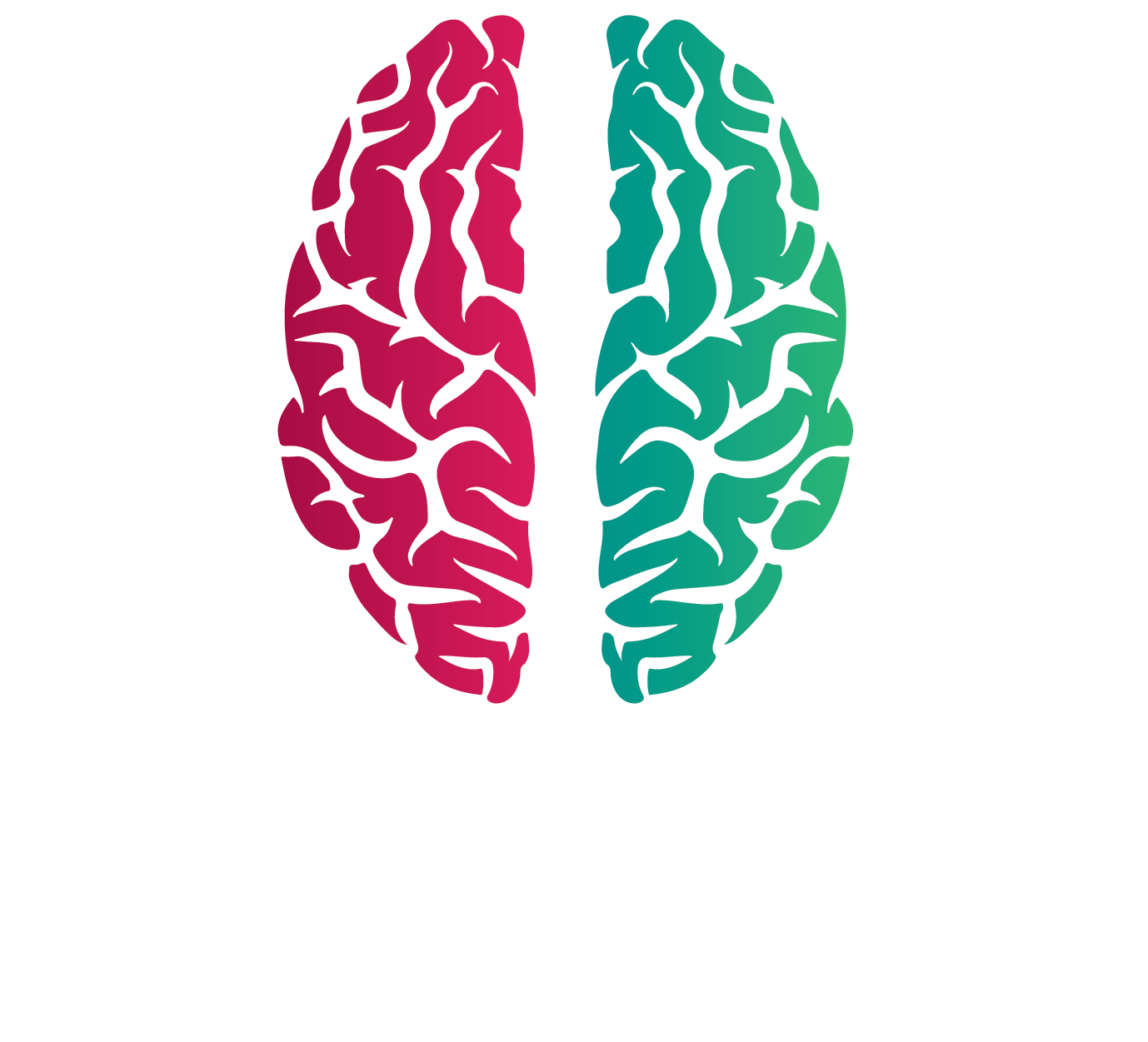SYSTEMICS™ with the SYSTEMICS™ ACADEMY
TRAIN THE BRAIN TO ACCEPT AND ALIGN THE “DO”-ABLE
PART 1: WHAT? WHY?
Humans have essentially 3 life areas, which are emotionally and cognitively important. On this 1st plane, each one requires a balance with the other two:
■ the private,
■ the professional,
■ the self.
All too often one of these surges ahead to establish itself as the “Nr. 1”. We think we’re keeping tabs on the other two – but they’re often poorly integrated into our lives. This imbalance leads to undesirable crises. Unease spreads because we cannot find an exit to our one-sided, dead-end experience. The “other two“ begin to implode.[1]
This lack of balance disquiets the brain. If things don’t readjust, alarms start going off. Hormonal and neurotransmitter (chemical) processes with negative impact ensue, which – on a 2nd plane – keep important brain centers[2] from conversing with one another in a solution-oriented manner:
■ the fear center (the amygdala) [3],
■ the learning and memory center (the hippocampus) [4],
■ the solution and executive center (the prefrontal cortex or PFC) [5].
Only if their exchange is free-flowing can issues be well resolved that involve the following elements:
■ satisfactory survival necessities that are specific to the species (i.e. humans),
■ cultural aspects (“That’s how we deal with it in our neck of the woods!“),
■ psychological aspects of the individual (“This is how you were taught!“) and
■ the task facing us here and now: “Now we must…!“
A failing resolution re-activates the fear center, the amygdala, which initiates a horrific production of Cortisol. This impairs (and later deteriorates) the learning and memory center as well as the solution and executive center (the hippocampus and the prefrontal cortex or PFC, respectively). The latter two start malfunctioning.[6] In the beginning, we ourselves don’t even notice it.
If these centers are imbalanced – destabilizing one another – a 3rd plane of imbalance between the following major brain sectors, which initiate actions, supervenes:
■ the emotional sector (the Limbic System – see the 2nd plane above),
■ the sensory receiving and archiving sector (which is the largest part of the Neocortex System, consisting of the manifold brain convolutions (folds), which are “fed” by the thamalus and envelop the Limbic System) and
■ the pre-motor and motor sector, lying pretty much in the middle and across the top of the Neocortex System.
This additional imbalance uncertainizes[7] the brain even further. Functionally correct and in a very responsible manner, the emotional Limbic System (first and foremost the Angst center, the amygdala – it can be a real dictator!) therefore “jumps in” with its “rapid response team” to save the day – just “doing its job” – and takes over. The chain of command – wanting to protect the organism (i.e. us) under all circumstances – is so sworn in on success and so monopolized by fear and uncertainty that the brain itself can hardly recognize its own deficiencies, for example lack of expertise in a given area. When then things get out of hand, it‘s a real mess!
In good self-critical tradition, we must nevertheless ask ourselves: what’s so terrible? Perhaps this person is performing at top level in an unusual manner!
Yet – even if that were true and way above average accomplishments were to be recorded in one life area, which is unthinkingly pushing the other two aside – the equilibrium and quiet self-assertion are missing, which enrich our self-concept of homines sapientes. Others start noticing it missing before we do.
And so it’s important to develop a re-alignment of necessary brain elements in the order in which they most readily support one another: „Train-the-Brain“.
Why? So that the brain, which has „run hot“, has a chance to cool down. And so that all brain centers and brain sectors on planes 2 and 3 can reassert their functions to secure a balance between the life areas on plane 1.
We refocus on the complete situation or task, which then becomes clearer. The landing gears for an expert touchdown are once again fully functioning.
[1] If the professional life is too strong, the private and the self become neglected, etc. I don’t think we need to get into further examples ….
[2] Please do not confuse these “members of the Limbic System” with later to be mentioned „main brain sectors“.
[3] The amygdala is a traditional member of the Limbic System.
[4] After Paul McLean overhauled the Limbic System in 1949, the hippocmapus became “part of it”.
[5] Since W. Nauta’s publications (MIT; 1971, 1979), the PFC has the status of an „honorary member”.
[6] A very simple question: How can we hope to reach any goal if, for example, the memory and the solution centers are impaired and becoming ever more helpless?
[7] Although I like my neologism, for clarity‘s sake it means destabilizes.
